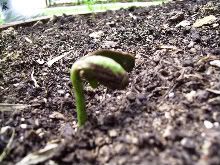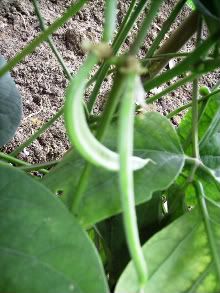Please note that it is very important when discussing conductivity to analyse in comparison to what else.
Compare Sand to just Air:
Is Air a good conductor of heat compared to Sand? (Zoen asked)
Air is not a good conductor of heat - Syafiqah
Compare Sand to Metal:
Sand on the beach absorb the heat from the Sun - but if you dig deep inside beyond the upper layers of sand, you will find that the bottom layers remain cooler than the top layer.
Imagine (excellent strategy advocated by Yi Lin) layers of metal under the sun. What do you expect to happen?
Extra Q2: Is cooking time shorter or longer?Compare Cooking with Sand and Cooking without Sand - the answer will be clearer to You
The sand might be like a temperature control. If the chestnuts went straight into the wok on the fire, they moght get 'incinerated'. If there was a slow fire, the chestnuts might take a long time to roast. Chetsnuts can be cooked over a big fire without getting burnt thanks to the 'temperature control' - Timothy
Sand helps to bring the temperature gradually to the desired heat then keep heat constant so as not to dry up / overcook the nuts - Nicholas king
Compare Top layer to Bottom layer of chestnutsAnother reason might be that the chestnuts at the bottom of the vat might cook faster than the ones on top and end up overcooked - Benjamin
What could have happened then:
- Sand particles close the gaps between the chestnuts (Yu Ling)
- Sand will not let the heat be lost to the surrounding (Syafiqah)
- Smaller particles of Sand helped to retain heat whereas larger particles might cause heat to escape - Nicholas King
- When sand particles get heated up, they heat up the neighbours' - conduct/transfer heat to the chestnuts - Zoen
- So it seems that distributing heat evenly to the chestnuts is important just as keeping them warm while cooking them slowly.














 The above picture shows a construction site. The crane is used to lift heavy objects from a lower surface to a higher one using a pulley system.
The above picture shows a construction site. The crane is used to lift heavy objects from a lower surface to a higher one using a pulley system.
















